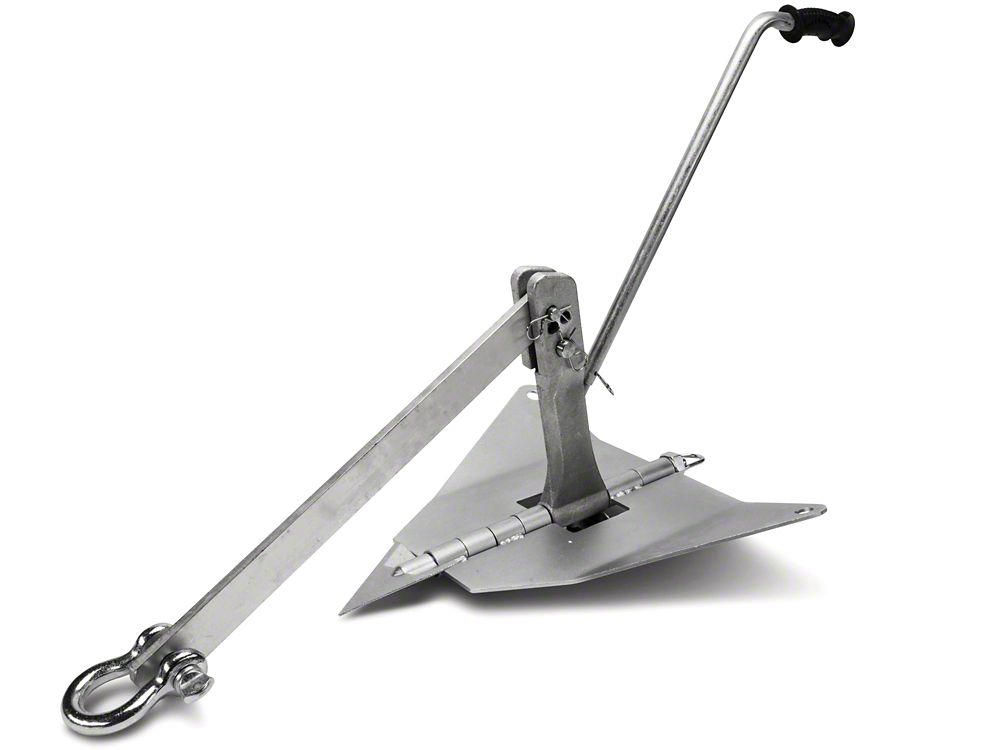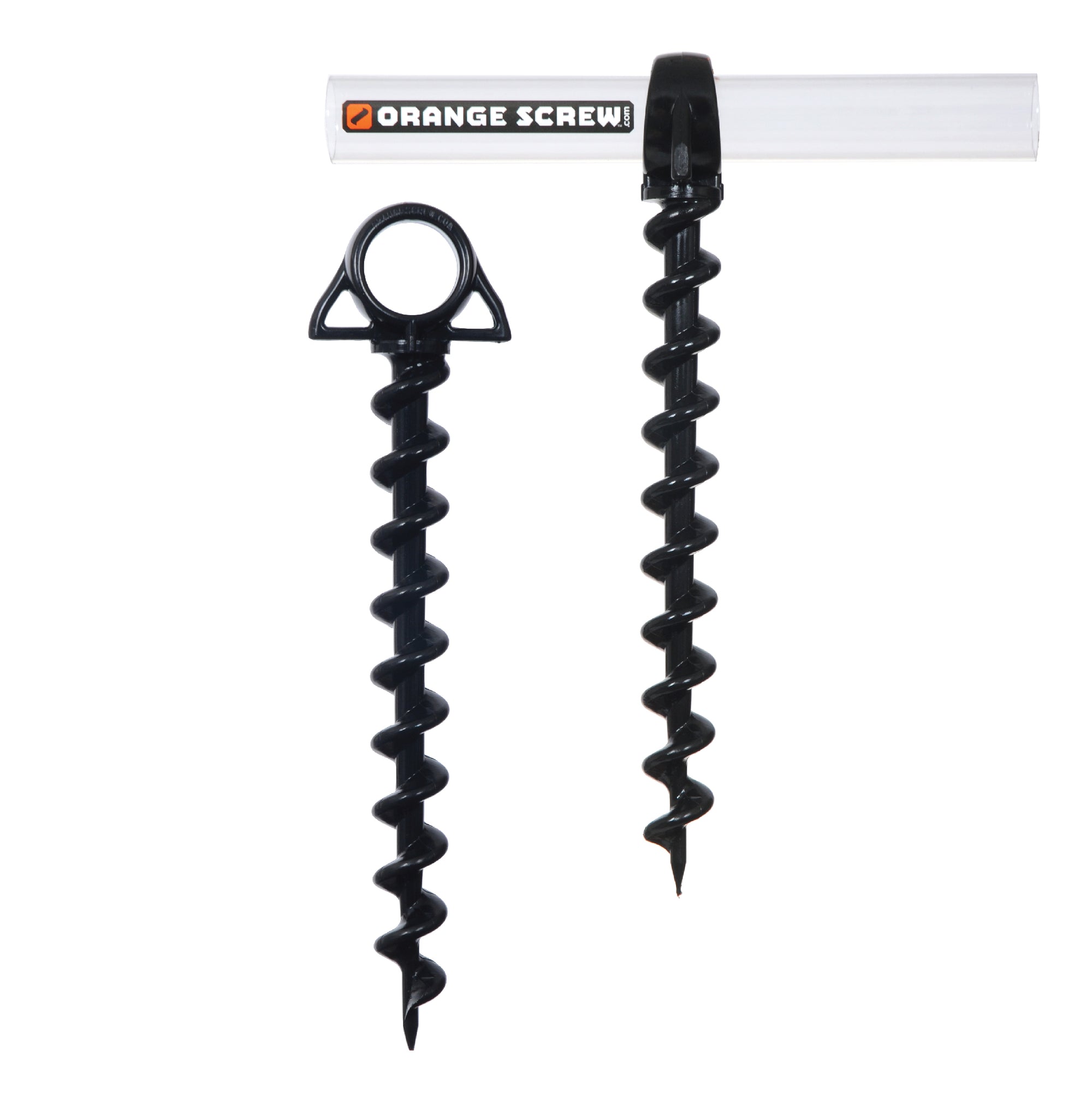Best Practices on Effectively Maintaining a Ground Anchor for Reliable Performance
Best Practices on Effectively Maintaining a Ground Anchor for Reliable Performance
Blog Article
Understand Why Ground Support Is Essential for Safety And Security and Durability
Ground anchors are an important part in construction, providing important support and security for numerous frameworks. Their capacity to transfer tons effectively to the ground not only boosts architectural stability but likewise plays a significant function in mitigating risks connected with environmental variables, such as unstable dirt and seismic task. Recognizing the various types and applications of ground anchors can illuminate their essential role in making certain safety and security and toughness. The complexities of their setup and the benefits they supply may not be quickly obvious, motivating additional expedition into this crucial subject.
Role of Ground Supports in Building
Ground anchors play a pivotal duty in building and construction by supplying important support and security to frameworks. These devices are created to move loads from a structure to the ground, making certain that buildings and various other facilities remain protected under numerous problems. Ground anchors are especially important in situations where dirt problems are unsteady or where there is a threat of lateral activity, such as on slopes or near bodies of water.
The installment of ground anchors involves exploration right into the planet to reach secure dirt or bedrock, where the anchors can be safely anchored. This process not only enhances the structural stability of a job but likewise mitigates the risks related to soil disintegration and shifting. Furthermore, ground anchors can be utilized in short-term structures, such as construction websites, where they provide needed stablizing during the structure process.
Ground supports also add to the long life and longevity of frameworks by lowering the probability of settlement and failing. Ground Anchor. By successfully distributing and managing loads, these essential components are critical in preserving security standards and making certain the reliability of various construction jobs. In general, the significance of ground anchors in building and construction can not be overstated, as they are integral to effective engineering techniques
Kinds of Ground Supports


While many types of ground supports exist, each serves particular applications and problems within building tasks. One of the most common types include mechanical supports, grouted supports, and driven anchors.
Mechanical supports, such as development supports, make use of a mechanical activity to secure the support within the substrate - Ground Anchor. These are often utilized in light-weight applications, like securing components to masonry or concrete
Grouted supports, on the various other hand, include drilling an opening, positioning a steel rod or cord, and after that filling up the annular room with cement. This method is appropriate for high-load scenarios, supplying improved security and resistance to dynamic forces commonly found in heavy building and construction.
Driven anchors are commonly set up by driving a steel rod or pipeline into the ground, making them appropriate for temporary applications such as safeguarding scaffolding or formwork. When no much longer required., they are fast to install and can be eliminated easily.
Other specific anchoring systems consist of helical supports, which are screw-like devices used in different dirt conditions, and deadman anchors, which depend on the weight of a buried object to give stability. Each sort of ground anchor is developed to satisfy specific engineering needs, making sure safety and structural integrity.
Benefits of Utilizing Ground Anchors
The advantages of using ground supports in building and construction jobs are considerable, enhancing both safety and security and architectural performance. Ground anchors give important resistance against lateral pressures, such as soil activity, wind lots, and seismic activity. This resistance assists maintain the stability of structures, protecting against potential failures that can bring about unsafe scenarios or pricey repair work.
Furthermore, ground anchors help with the reliable transfer of lots from frameworks to the surrounding soil, making sure a balanced circulation of weight. This tons transfer minimizes the risk of changing or clearing up, which can compromise the integrity of a building over time. By using ground anchors, engineers can likewise create a lot more efficient layouts, as they permit slimmer structural aspects while preserving safety criteria.
Additionally, ground anchors are functional and adaptable to various soil problems and task requirements. Their setup can typically be finished rapidly and with marginal disruption to the surrounding atmosphere, making them a reliable option for lots of construction applications. Ultimately, making use of ground supports improves not only the sturdiness of frameworks but likewise contributes to a more secure working atmosphere for construction workers and future passengers.
Usual Applications and Uses
Various building tasks leverage ground supports for their performance in improving stability and safety and security. These functional parts are commonly employed in numerous applications across the building and civil engineering sectors. One widespread application this link is in maintaining walls, where ground anchors offer the required assistance to avoid dirt activity and keep structural honesty.
Furthermore, ground supports are essential in safeguarding momentary structures, such as scaffolding and shoring systems, guaranteeing they continue to be steady during construction tasks. In the realm of structure support, they are utilized to reinforce existing structures, especially in locations vulnerable to ground settlement or changing dirt problems.
Ground anchors also locate extensive usage in slope stablizing jobs, where they assist minimize landslide risks by anchoring the soil to secure rock developments. An additional considerable application is in the installment of wind generators, where they secure the base versus lateral pressures generated by wind, guaranteeing functional safety and security and long life.
In addition, ground supports are used in tunneling tasks to stabilize the bordering ground throughout excavation. Their diverse applications underscore the critical role ground anchors play in keeping safety and toughness in numerous building and construction circumstances.
Setup Best Practices
Successful application of ground supports in various construction tasks depends upon effective setup practices. Correct installation is critical to guarantee the supports meet their designated purpose and preserve architectural stability with time. Trick finest methods include complete website evaluation, which involves assessing dirt problems, lots requirements, and ecological variables that might affect anchor performance.
Prior to setup, it is vital to choose the ideal kind of ground anchor based upon the details application and dirt qualities. Utilizing high-grade products and sticking to maker requirements will certainly boost the anchor's sturdiness and efficiency. During setup, guarantee that the support is positioned at the appropriate angle and deepness, as these factors dramatically impact load-bearing capability.
Normal inspections are likewise recommended to keep an eye on the problem of the supports and bordering dirt. By adhering to these installment finest contractors, methods and engineers can enhance the safety and security and her explanation long life of structures reliant on ground supports.

Conclusion
In recap, ground supports are important parts in construction, substantially enhancing safety and security and durability. The varied types and advantages of ground anchors, combined with their wide-ranging applications, emphasize their relevance in both short-lived and irreversible frameworks.
The setup of ground anchors includes resource drilling into the earth to reach secure soil or bedrock, where the anchors can be firmly secured.The benefits of utilizing ground anchors in building jobs are considerable, boosting both security and structural performance.Many building and construction tasks take advantage of ground supports for their efficiency in enhancing stability and safety and security.Effective application of ground anchors in numerous building jobs pivots on reliable installation techniques.In summary, ground supports are vital components in building and construction, dramatically boosting security and durability.
Report this page